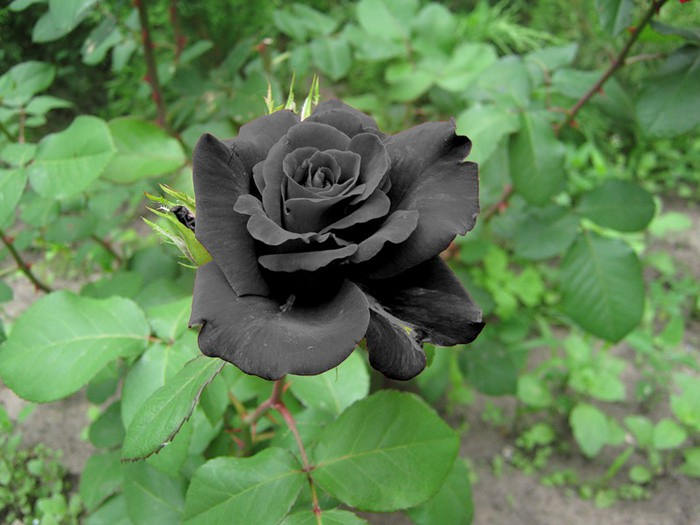

Some have large, hybrid tea type blooms, while others bloom in small clusters. Some bloom only once, while others bloom continuously. Because of the wide genetic background, climbers have quite a variation of characteristics. While no rose is a true climber, having no means of gripping or attaching itself to a support, this rose sends out long shoots or canes which can be trained over fences, arbors, or trellises. The resulting rose is quite vigorous, and produces larger, but fewer flowers than the floribunda.Ĭlimbing roses originated by crossing species roses with several other cultivars. Grandiflora roses originated by crossing hybrid tea and floribunda roses. Colors range from snowy white to deep crimson. Floribundas are usually low-growing, densely branched bushes which are quite adaptable to many landscape uses. Generally, they have smaller flowers than hybrid teas, but produce more flowers on each stem.

Hybrid tea plants are quite hardy across North Carolina, and bloom throughout the summer and fall until frost.įloribunda roses are a result of crossing Polyantha with hybrid tea varieties during the early 20th century. Hybrid tea roses are typically characterized as bush form with large flowers, borne singly or in small clusters on a stem. They are results of interbreeding the hybrid perpetual with tea rose cultivars. Hybrid Teas are the most popular garden roses. Most of the other species only bloom once, in June or July. They became the modern hybrids, principally because they were able to bloom repeatedly throughout the growing season. These descended in part from eight species of roses which came to Europe from Asia in the 16th century. The most common classifications of modern roses today are hybrid tea, floribunda, grandiflora, climber, miniature and shrub roses. Performances of different types of roses should be evaluated. Roses are available in almost any color imaginable and are suited to a number of sites.

Several miniature cultivars can even be used as a ground cover or as edging material. They can be mass planted in beds, used as specimen or trained plants, planted as screens or hedges, or located near fences or arbors and allowed to climb. Landscape uses are quite varied because of the many different types of roses. Sooner or later most home gardeners think about growing roses.


 0 kommentar(er)
0 kommentar(er)
